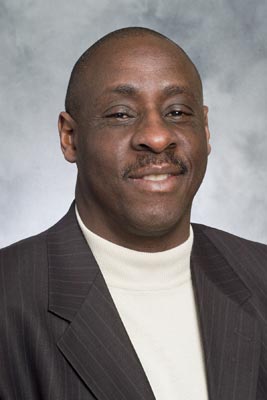A Review
By Neil Armstrong
 |
| Photo credit: Winsom 'The Masks We Wear,' part of the installation exhibition 'I Rise' by Winsom at the Art Gallery of Ontario in Toronto. The exhibition runs until July 7, 2019 |
Since December 22 last year her installations have been
mounted inside the
Samuel &
Esther Sarick (Gallery 239) & Mary & Harry Jackman (Gallery 238) and
will be there until July 7.
The Masks We Wear gestures to African traditions of mask-wearing as part of healing rituals and to practices of masking within the context of trauma and the everyday presentation of self.
In this installation, the artist contemplates on practices of unmasking/ healing and connections with the ‘natural’ world that enable a more holistic engagement with both human and non-human forms.
In an interview with the AGO, Winsom said The Masks We Wear, focuses on healing and transformation, and includes the elements used for healing: fire, water, nature, earth and mineral.
A table with stones representing types of trauma -- pain, scars, fear, abuse, voiceless encircling one symbolic of racism – sits in front of an installation of masks with one central figure wearing a mask mounted on a wall.
Leading up to these is a raised platform where there are more masks and symbols of serpents. Serpents represent rebirth, transformation, healing and the link between the material and the spiritual world. The entire display is mounted on red silk cloth or on a red backdrop.
Across from this is an installation of a man half-buried in the earth.
“A man once came to me for healing. As part of my practice, I bury people in an earth shrine (filled with soil) to be healed. As I watched him I thought, he could be used to represent earth in this piece,” she told the AGO’s Art Matters Blog.
 |
| Photo credit: A view of the Spirit Room which is part of the installation exhibition 'I Rise' by artist, Winsom, at the Art Gallery of Ontario |
The hymn is playing in the ‘Spirit Room’ where one will find Jumping the Boa, an interactive installation that pays homage to those who came before us.
“It focuses on death as a form of transformation. In African spiritual practices, the ancestors or the departed, are believed to continue to exist unencumbered by the strictures of material reality in an invisible or metaphysical world. They are keepers of knowledge, customs, and symbols, and provide the living with access to the divine. Animals are often participants in rituals that honour those who have entered the spirit world,” notes a synopsis of the exhibition.
Winsom includes photographs of elders meaningful to her – like her mother, Emily Carr, and persons who inspire her art – on an altar. There are also photos of the ancestors on a wall in this room – one of them is the portrait of Jamaican heroine, Nanny of the Maroons.
The artist notes that Jumping the Boa is about death. “It’s my belief that the afterlife is basically the same as this world except everything is upside down. The table on the ceiling represents this belief,” said Winsom to the AGO.
 |
| Photo credit: Neil Armstrong 'The Masks We Wear' in the exhibition 'I Rise' at the Art Gallery of Ontario |
 |
| Photo credit: Neil Armstrong 'Jumping the Boa' in the exhibition 'I Rise' at the Art Gallery of Ontario |
 |
| Photo credit: Neil Armstrong The 'I Rise' installation exhibition by Winsom at the Art Gallery of Ontario |
 |
| Photo credit: Neil Armstrong 'I Rise' exhibition by Winsom, curated by Andrea Fatona at the Art Gallery of Ontario |
 |
| Photo credit: Neil Armstrong 'I Rise' exhibition by Winsom at the Art Gallery of Ontario |
She said she chose to use the colour red to represent the ancestors and there is a bowl of water to create a feeling of calmness.
“This will help you think of people you love who have passed – in this space you can talk to them, write down your thoughts and leave them here. I like doing interactive pieces like this. Sometimes I use the messages in new pieces or add them to old works.”
In Toronto, Winsom’s mentorship and teaching in the Fresh Elements and Fresh Arts programs were important contributions to the emergence of several Canadian artists.
Her status as an elder, along with her dedication to the arts as integral to the production of cultural voice, societal engagement and citizenship, has created new spaces for dialogue within and across marginalized communities.
Fatona’s curation of this exhibition indicates how keenly she understands the sensibilities of the artist and of Afrocentric spirituality in the arrangement of the installations, the lighting and the inclusion of the hymn.
‘I Rise’ closes on July 7 and brings a unique difference to the exhibitions and galleries at the Art Gallery of Ontario.
[This story has been published in the North American Weekly Gleaner, June 27-July 3. 2019.]











